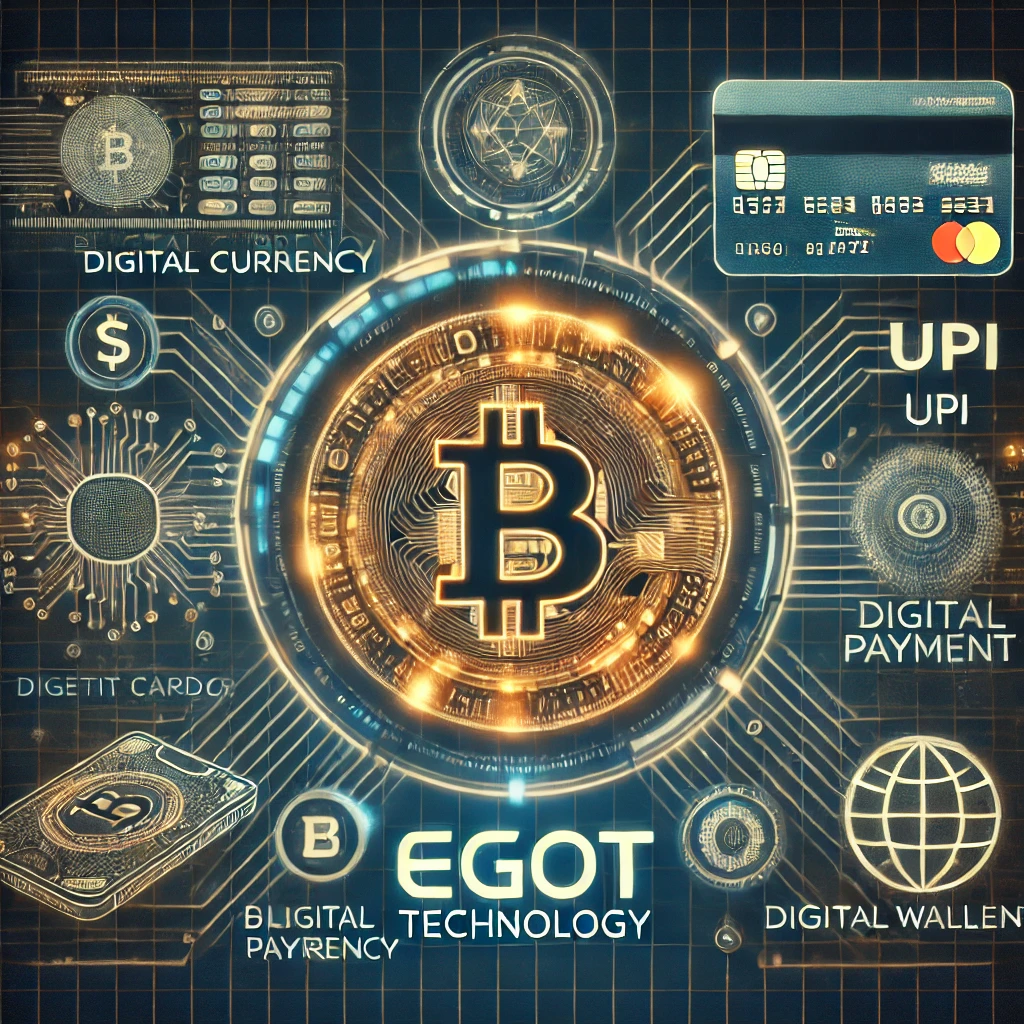Digital Rupee and UPI (Unified Payments Interface) are two different concepts that are commonly discussed in the context of digital payments in India. While Digital Rupee is a digital currency, UPI is a platform for digital payments that has already been implemented.
Digital Currency vs. Digital Payment: Key Differences
| Feature | Digital Currency | Digital Payment |
|---|---|---|
| Definition | A virtual currency issued and regulated by a central authority (e.g., RBI’s e-Rupee) or decentralized systems (e.g., Bitcoin). | The process of making transactions electronically using traditional money via digital methods like UPI, credit cards, or mobile wallets. |
| Form | Exists as a virtual asset that can function as a medium of exchange. | Uses traditional fiat currency (INR, USD, etc.) for electronic transactions. |
| Regulation | Can be centralized (CBDCs like e-Rupee) or decentralized (cryptocurrencies like Bitcoin, Ethereum). | Regulated by banking institutions and governments. |
| Examples | e-Rupee (RBI), Bitcoin, Ethereum, USDC (Stablecoins) | UPI, PayPal, Google Pay, PhonePe, Credit/Debit cards |
| Usage | Can be stored in digital wallets and used for transactions without needing banks. | Relies on banks and financial institutions for processing payments. |
| Transaction Speed | Faster with direct peer-to-peer transfers, especially blockchain-based systems. | Depends on the banking system; may have delays during interbank transfers. |
| Security & Transparency | Highly secure (especially blockchain-based), reduces fraud, and enhances traceability. | Secure but dependent on intermediaries like banks and payment processors. |
| Anonymity | Cryptocurrencies offer high anonymity, but CBDCs may have limited privacy based on regulations. | Not anonymous, as transactions are linked to bank accounts or digital wallets. |
| Adoption in India | RBI launched the e-Rupee (CBDC) as India’s digital currency, still in the early adoption phase. | Widely used with UPI leading the digital payment revolution. |
Conclusion:
- Digital currency (like CBDCs and cryptocurrencies) is an asset that can be used as money, sometimes replacing traditional fiat currency.
- Digital payment methods (like UPI, Paytm, credit cards) only facilitate transactions using existing government-backed money.
India has seen massive digital payment growth with UPI, Google Pay, and PhonePe, while digital currencies like RBI’s e-Rupee are still in the early phases of adoption. 🚀
Share this content:

